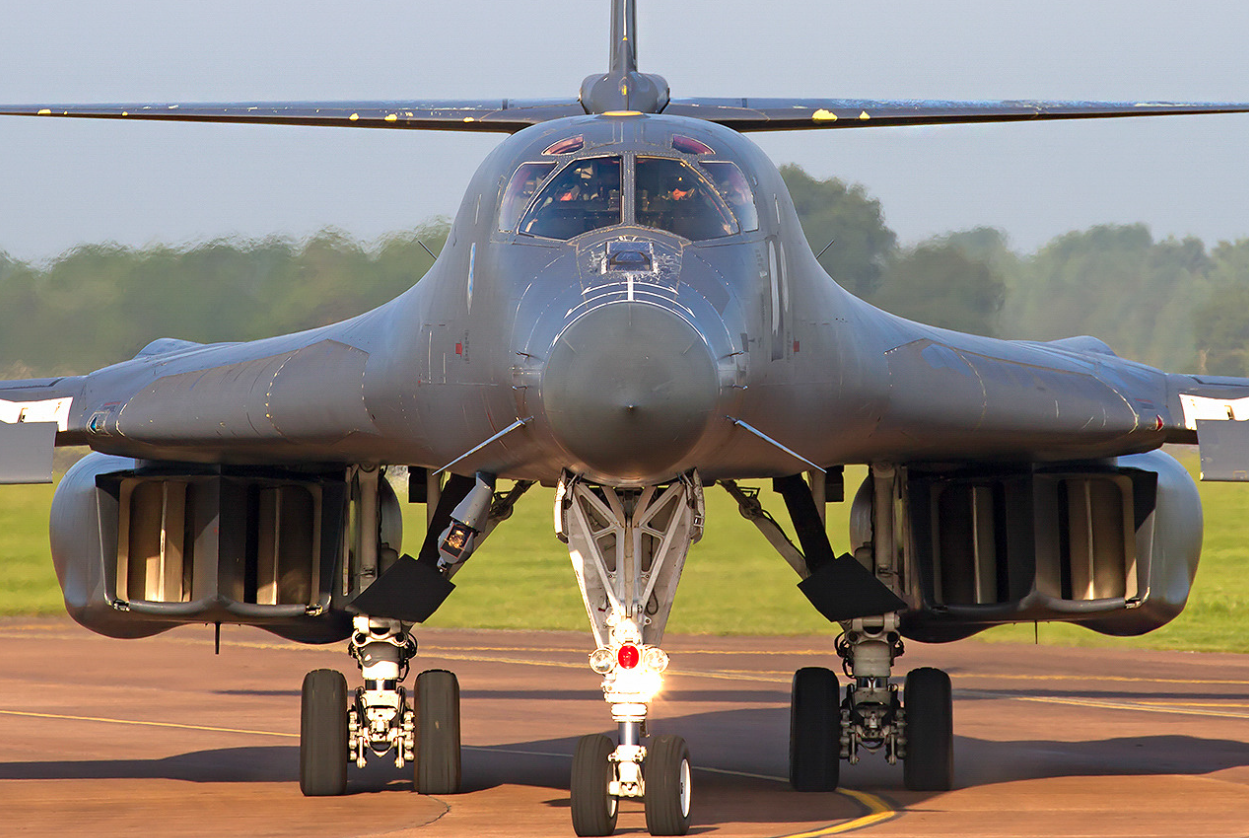
Modernizing America’s bomber force is much more than exchanging old aircraft for new ones. It is a deliberate process that involves strategy, cutting-edge technology, and meticulous planning to ensure the Air Force can execute today’s missions while building for the unknowns of tomorrow. Shifting from the battle-tested B-1B Lancer to the cutting-edge B-21 Raider shows that modernization is not merely about buying new equipment.

The B-1B Lancer, affectionately known as the “Bone” by those who flew it, entered service in 1985. Initially built for high-speed, long-range strike missions, it was pressed into far more varied and demanding roles than anyone originally imagined.

Over the past two decades, the aircraft carried out close air support and persistent combat operations, which took a significant toll on its systems and structure.

By 2019, fewer than half of the fleet were airworthy, and each jet was too expensive to repair. The Air Force was confronted with a difficult choice: keep throwing money at older aircraft, or move towards a leaner, more efficient bomber force that could consistently deliver on operational requirements.

In 2021, that choice was exercised. Seventeen of the oldest B-1Bs were retired, reducing the fleet from 62 to 45. That was not a decrease in capacity but rather a prioritization of keeping the most capable and reliable planes. The majority of retired aircraft were delivered to the 309th Aerospace Maintenance and Regeneration Group in Arizona, with four held back in case they were ever needed again.

Some of the retired planes were re-used for different purposes: one was turned into a structural repair test vehicle, another was used for ground testing, a third was used to support mapping missions, and one ended up in the Global Power Museum. Shifting these resources meant that crews and maintainers could spend more time ensuring the remaining planes stayed in top condition.

This planning paid off in 2022 when a B-1B lost at Dyess Air Force Base to an engine fire risked dropping the fleet below operational levels. The Air Force restored a previously retired aircraft, known as “Lancelot,” bringing it back into service. Crews from several bases worked together to refurbish the bomber, demonstrating that a well-cared-for aircraft could indeed be revived and flown safely.

Looking ahead, the B-21 Raider is the next generation of America’s bomber force. The first new strategic bomber in more than three decades, the B-21 is built for the toughest missions in hostile environments.

It will carry nuclear or conventional weapons, sport advanced stealth technology, and employ an open architecture for simpler upgrades down the line. The bomber can also fly manned or unmanned, providing commanders with a great deal of operational flexibility.

Since the outset, the B-21 program has prioritized cost control and accelerated production. Even the test planes are constructed to operational quality, so lessons learned translate directly into those going into service. South Dakota’s Ellsworth Air Force Base will be the Raiders’ first home, to be followed by Whiteman and Dyess. At least 100 aircraft are to be deployed by the Air Force, each costing an estimated $692 million in 2022 dollars.

The long-range bomber force is transitioning from a combination of three aircraft—the B-1B, B-2, and B-52H—to a leaner two-bomber system: the B-21 Raider and an advanced B-52H. This strategy maintains the country’s long-range strike capacity with increased maintainability and readiness for future challenges.

Modernizing the bomber fleet is not merely a matter of adding new aircraft; it’s about making the United States capable of projecting power, defending allies, and acting rapidly to respond to emerging dangers. The B-21 is not just a successor to the B-2; it opens up a new chapter in American airpower, one that will lay the groundwork for decades to come.
